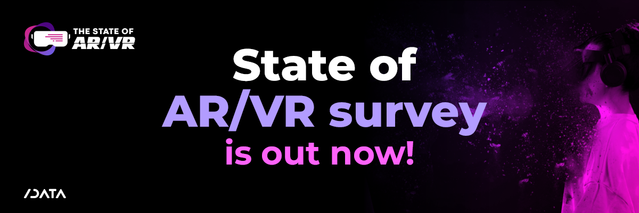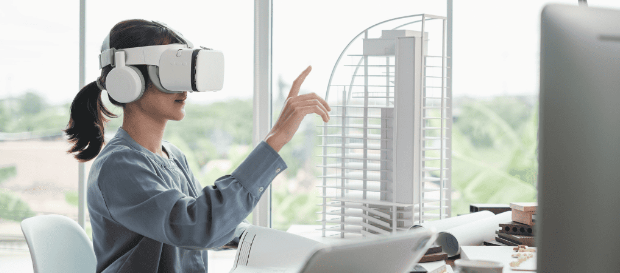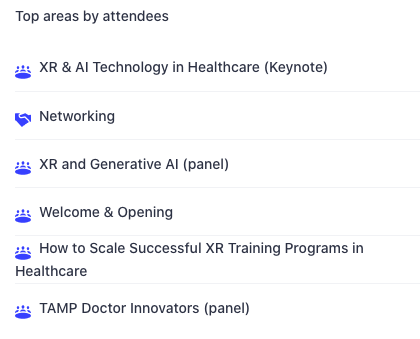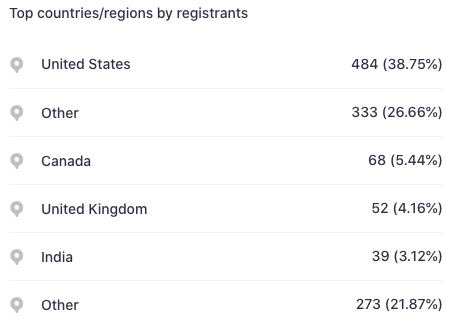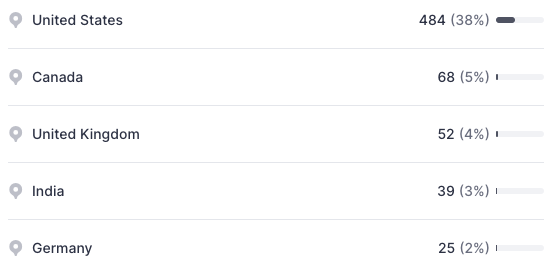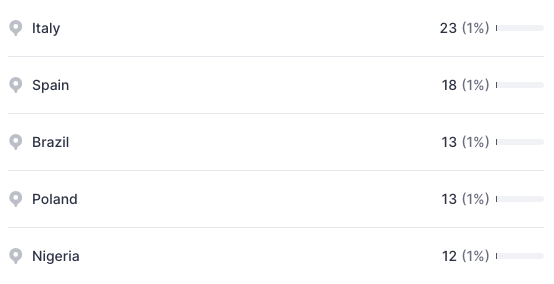From healthcare to hospitality and beyond, companies are leveraging the power of games to engage their audiences. Gamification. Motivational design. Edutainment. You might not have heard these words before, but the odds are you’ve experienced them in action. Each is defined by the act of applying gameplay elements to other activities, such as marketing, ecommerce or education.
Before anyone could ever experience virtual reality, gamification strategies were rising in popularity. Today, gaming expertise has gone from ‘rare niche’ to ‘common need.’ Here are seven ways the most future-focused brands are tapping into gaming to engage their audience:
1. Market within the metaverse.
There is no metaverse without game designers, developers, and engineers. This digital replica of our world is being built by many of the same minds behind our favorite AAA video games.
From avatar character artists to blockchain engineers, the demand for gaming talent has skyrocketed since the start of the race to create the best extended reality (XR) space. And the metaverse is evolving quicker than companies can hire.
Over the next few years, this revolutionary innovation is predicted to change the way our world works, and market leaders, including Apple, Nike and Coca Cola, are investing in it. According to Bloomberg Analysts, the metaverse will be worth nearly $800 billion by 2024’s end.
2. Immerse audiences in experiences.
The metaverse may be under construction, but immersive shopping experiences, virtual real estate tours, and XR training simulations are already here.
Blurring the lines between the physical and the digital, XR technologies aren’t just for metaverse and game development. From try-on experiences to social media filters, virtual reality (VR), augmented reality (AR), and mixed reality (MR) advancements have endless applications.
Wal-Mart’s Training Academy leverages VR innovations for employee training simulations. The Ford Motor Company’s designers use MR headsets to visually render 3D car models. The Ikea Place App utilizes AR technology to allow users to visualize Ikea furniture in their own homes. And the video game industry’s finest software and hardware experts make it all possible.
3. Make Web3 your secret weapon.
Today’s gamers don’t just play to win; they play to earn. Play-to-earn games allow players to buy, sell, and trade in-game items, using blockchain technologies like crypto-currencies and non-fungible tokens (NFTs).
Blockchain is a system for recording information that makes it difficult to change or hack the data. Game studios adopted the technology early, but it’s good for far more than games alone. The system is at the center of the metaverse and the internet of the future, Web3 or Web 3.0.
Companies like Microsoft, IBM and JP Morgan Chase leverage the technology for digital identity verification, secure data sharing, supply chain management and more. Brands everywhere are exploring possibilities, and blockchain engineers are now among the most in-demand gaming talent within and outside of the video game industry.
4. Turn buying into playing.
Rewards programs are nothing new, but gameful thinking has changed the game. By gamifying customer loyalty programs and promotions, businesses turn purchasing into playing.
The details of every game-like deal are different, but often, the more customers buy, the more they win or the better their chance. Yet, purchases aren’t the only way to earn the badges, stars, points, awards and the free products that so many customers enjoy today.
Programs like Starbucks Rewards include bonus challenges and games that take brand engagement to higher heights, and Starbucks is just one example of many. Spin-to-win games, social media challenges, and iconic competitions like McDonald’s Monopoly have paved the way for a new age of advertising and a renewed need for gaming expertise.
5. Make games instead of ads.
Gone are the days of passive advertising and billboards. In 2023, experience is king, interactive marketing is everywhere, and branded games or ‘advergames’ are winning customers over.
Experiential marketing installations like Pepsi’s viral interactive soda machine have boosted brand awareness for years, but gaming experts have taken experiences to another level. ‘Advergaming’ isn’t gamifying existing customer activities; it’s building entirely new games for the sole purpose of brand promotion.
Lego mobile apps and KFC’s virtual Bucket Hunt aren’t just gamification; they’re legit games, and they’re driving real results for top brands. 60% of consumers are more likely to buy from a brand if they’ve enjoyed playing a game it created.
6. Design products people can play.
Customers aren’t the only ones you can engage through gamification. Gameful thinking can make learning fun and transform performing into winning.
Innovative educators are re-evaluating how teaching is done, and the benefits of their models extend beyond the school system and into the workplace. Brands like EY, Salesforce and IBM are putting gameful approaches to onboarding, team training and employee incentives into action.
New apps and platforms emerge each year to help employees expand their skill sets, track their progress and earn rewards for achieving their goals. According to numerous studies, the results are increased employee satisfaction, engagement, and performance.
7. Gamify work to incentivize wins.
Some games aren’t for marketing, education or entertainment. Businesses everywhere are incorporating game mechanics into products and services that you’d never imagine.
Wearable fitness trackers. Financial savings apps. Smart home devices that gamify household tasks. Imagine a dishwasher that turns loading and unloading dishes into a game that awards you points for efficiency. By introducing rewards, levels and challenges, these products turn everyday tasks into engaging experiences.
Brands like FitBit or DishMaster certainly aren’t video game studios, but their products are games in their own respect. And not unlike AAA video games, gameful products are the work of game designers.
Today’s game design is tomorrow’s design.
The meaning of ‘games’ has changed; gameplay is no longer reserved for entertainment alone, and the need for gaming talent has grown far beyond the gaming industry.
As the metaverse evolves, we can expect to see the demand for gaming experts continue to expand. Whether it’s through interactive promotions, immersive experiences, or innovative products, games have an undeniable ability to engage and motivate audiences in new ways.
Today, most businesses have only begun to scratch the surface of the possibilities. Tomorrow, people will no longer need to decide between ‘work’ and ‘play’ because the two will be viewed as the same. Until then, ask yourself: What could game makers do for you?
About Onward Play:
Onward Play connects companies and game studios with the talent to take gaming to the next level, push the limits of web3 technologies, and bring immersive experiences to life.
Onward Play is a division of Onward Search, a specialized workforce solutions company that empowers creative excellence, brand engagement and digital innovation.
Contact:
Kim Shatzer
Senior Vice President, Delivery
Kim@OnwardPlay.com

